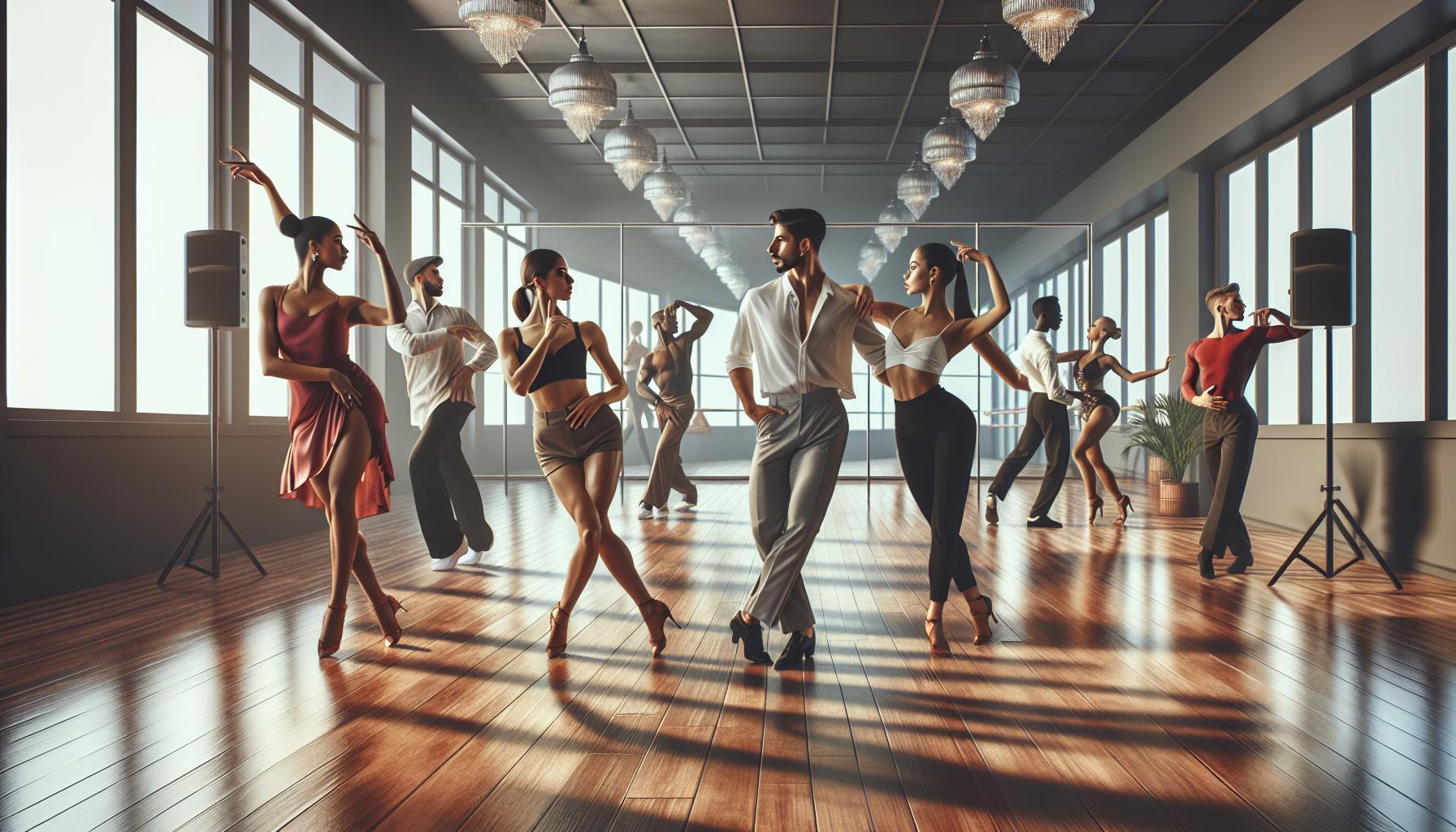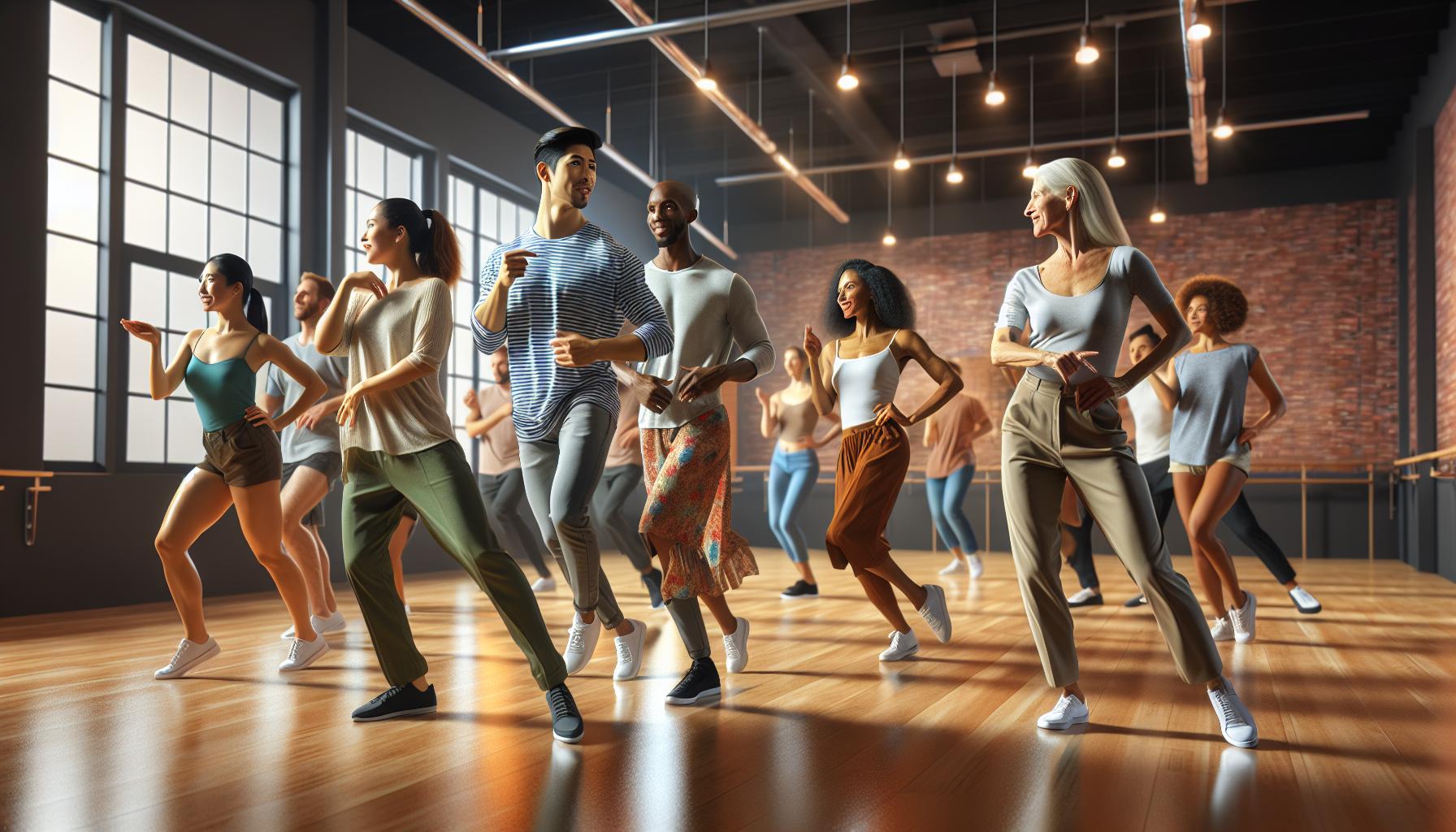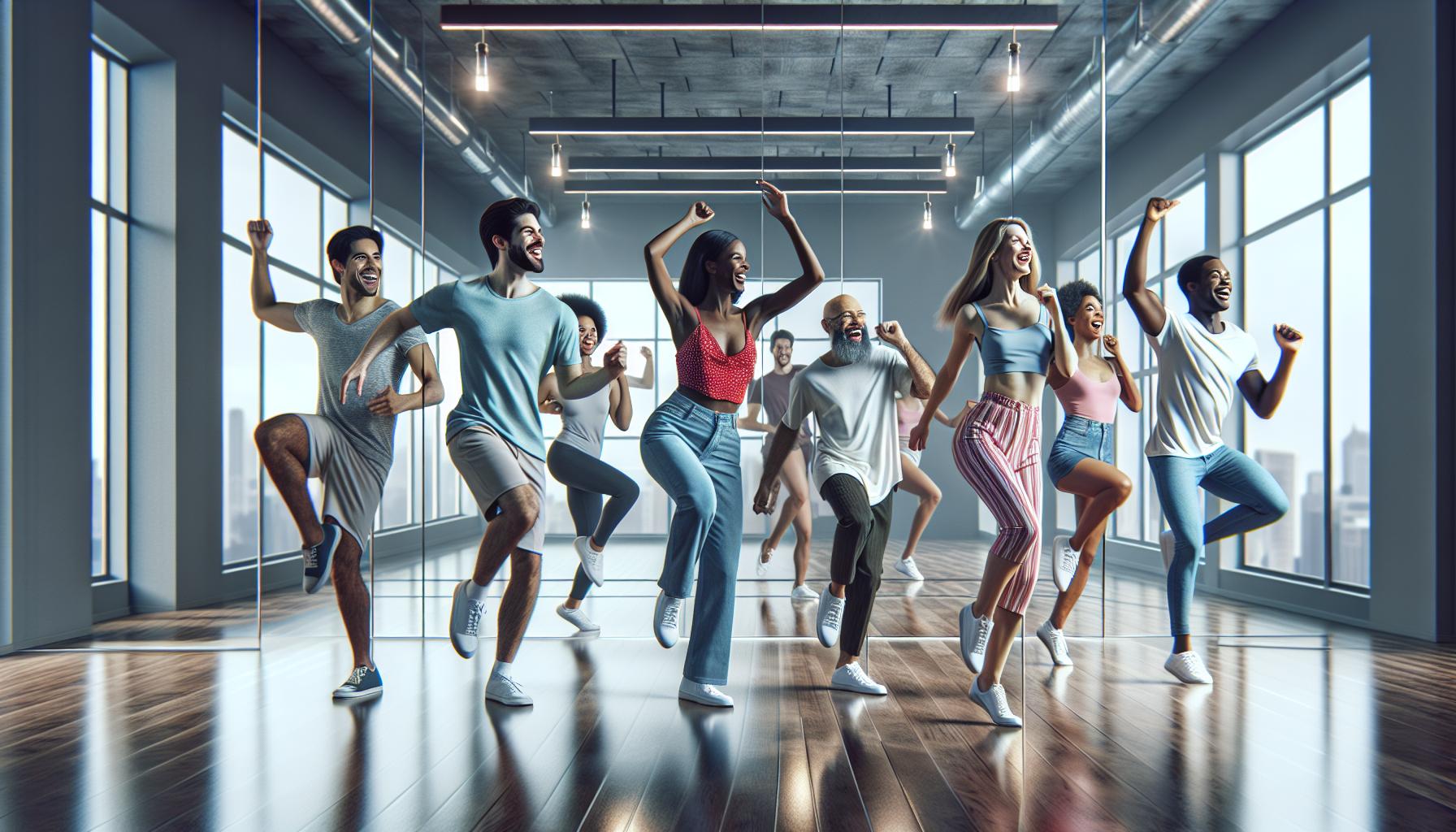Dancing isn’t just for kids or seasoned performers; it’s a vibrant way to express yourself at any age. As an adult, stepping onto the dance floor can feel daunting, but it’s also an exciting journey of self-discovery and joy. Whether you want to impress at a wedding or simply find a new hobby, learning to dance opens up a world of possibilities.
I’ve found that adult dance classes offer more than just steps and rhythms. They create a supportive environment where you can connect with others, boost your confidence, and even get a workout. So why not take that leap? Embrace the fun and freedom of dance, and let it transform your life in ways you never imagined.
Learning to Dance as an Adult
- Dancing is for Everyone: Adults can enjoy the expressive and joyful experience of dancing, regardless of their prior experience or age.
- Physical and Mental Health Benefits: Learning to dance enhances cardiovascular fitness, improves flexibility, boosts muscle strength, and promotes emotional well-being through stress relief and social connections.
- Choose the Right Style: Selecting a dance style that resonates with personal interests—such as ballroom, hip-hop, jazz, ballet, salsa, or tap—can greatly impact enjoyment and growth in dance.
- Finding Classes: Explore local studios or online classes, considering factors like class availability, teaching quality, and personal preferences to find the right fit.
- Overcoming Barriers: Time constraints and self-doubt are common challenges; prioritizing a regular schedule and focusing on personal growth can help overcome these obstacles and enhance the dance journey.
The Benefits of Learning to Dance as an Adult
Dancing as an adult offers numerous advantages that enhance both physical and mental health. Engaging in dance not only promotes fitness but also fosters emotional well-being.
Physical Health Advantages
Dancing improves cardiovascular fitness, supporting heart health and increasing stamina. Engaging in regular dance lessons burns calories, aiding weight management for individuals looking to stay fit. Enhanced flexibility results from various dance styles, reducing injury risk in daily activities. Muscle strength gains occur as dancers frequently utilize core and leg muscles. Additionally, improved posture leads to better body alignment and less strain on joints over time.
Mental Health Benefits
Dancing reduces stress levels by releasing endorphins, which improve mood. The social aspect of dance strengthens connections with others, combating feelings of loneliness and isolation. Learning new dance routines stimulates cognitive function, enhancing memory and coordination skills. Increased self-esteem typically results from mastering new movements and receiving positive feedback from instructors and peers. Embracing dance encourages creativity, allowing for personal expression that enriches overall life satisfaction.
Choosing the Right Dance Style

Selecting a dance style is crucial for enjoyment and growth. With various options available, I can find one that aligns with my interests and goals.
Popular Dance Styles for Adults
- Ballroom: This classic style encompasses dances like the waltz and tango, focusing on partner work and elegance.
- Hip-Hop: Energetic and rhythmic, hip-hop features street-style moves and is ideal for those seeking a high-energy workout.
- Jazz: Incorporating improvisation and unique movements, jazz dance offers a lively way to express creativity while developing coordination.
- Ballet: Known for its grace and precision, ballet provides a strong foundation in technique and flexibility.
- Salsa: This Latin dance is fun and social, enhancing rhythm and connection with partners through upbeat music.
- Tap: Focused on rhythm and sound, tap dancing allows for expressive footwork, perfect for those who enjoy musicality.
- Goals: Determining goals like fitness, social interaction, or skill mastery helps narrow down options.
- Fitness Level: Assessing physical condition allows for selection based on comfort and capability.
- Class Availability: Checking local studios enhances the likelihood of finding suitable classes in a particular style.
- Personal Preference: Prioritizing interests, whether a love for music or movement, ensures a more enjoyable experience.
- Time Commitment: Evaluating time availability helps balance dance classes with life’s other responsibilities.
Choosing the right dance style involves personal reflection and exploration. By considering these popular styles and essential factors, I can embark on an enriching dance journey.
Finding the Right Dance Class

Choosing the right dance class fosters enjoyment and skill development. I focused on two main options: researching local classes and exploring online alternatives.
Researching Local Options
I start by searching for local dance studios and community centers. Checking online directories and social media platforms uncovers opportunities in my area. I read reviews and testimonials to gauge the quality of instruction and community atmosphere. Visiting studios allows me to observe classes and interact with instructors. I also ask about class size, teaching style, and the availability of beginner-friendly sessions. Many studios offer trial classes, letting me experience various styles before committing. Connecting with fellow dancers during these trials fosters community and eases any initial apprehensions.
Online Dance Classes
I explore online dance classes as a flexible alternative. Many platforms offer live streaming and pre-recorded sessions, accommodating different schedules. I seek reputable websites and instructors with positive feedback to ensure quality. Online classes often feature diverse styles, making it easy to experiment without geographic constraints. Interactive elements such as community forums and live chats promote engagement and connection. I assess the technology requirements and consider my space for practice, creating an inviting environment for learning. Online options allow me to progress at my own pace while still enjoying the social aspects of dance.
Overcoming Common Barriers

Many adults face barriers when considering dance, but identifying and addressing these challenges makes the journey more enjoyable. Common hurdles include time constraints and feelings of self-doubt.
Time Constraints
Balancing responsibilities can make it tough to find time for dance classes. I recommend prioritizing a regular schedule and blocking out dedicated time for dancing. Utilizing early mornings or weekends as practice sessions can fit dance into a busy life. Another option involves choosing shorter classes or online sessions, which provide flexibility and convenience. Setting realistic goals for participation and progress helps maintain commitment without overwhelming commitments.
Self-Doubt and Insecurities
Self-doubt often hinders adults from pursuing dance. Acknowledging these insecurities is the first step to overcoming them. I encourage focusing on personal growth rather than perfection. Surrounding myself with supportive peers in classes fosters a positive environment. Engaging with instructors who provide constructive feedback builds confidence. Remember that every dancer starts somewhere; comparing my journey to others only detracts from my personal experience. Embracing mistakes as learning opportunities transforms insecurities into steps toward improvement.
Personal Growth and Joy
Dancing as an adult is more than just a fun activity; it’s a pathway to personal growth and joy. I’ve seen how stepping onto the dance floor can transform not only physical health but also mental well-being. The connections I’ve formed and the confidence I’ve gained through dance are invaluable.
No matter your age or skill level, there’s a dance style that can resonate with you. Embracing this journey can lead to a richer, more fulfilling life. So why not take that first step? The music is waiting, and your dance adventure is just beginning.
